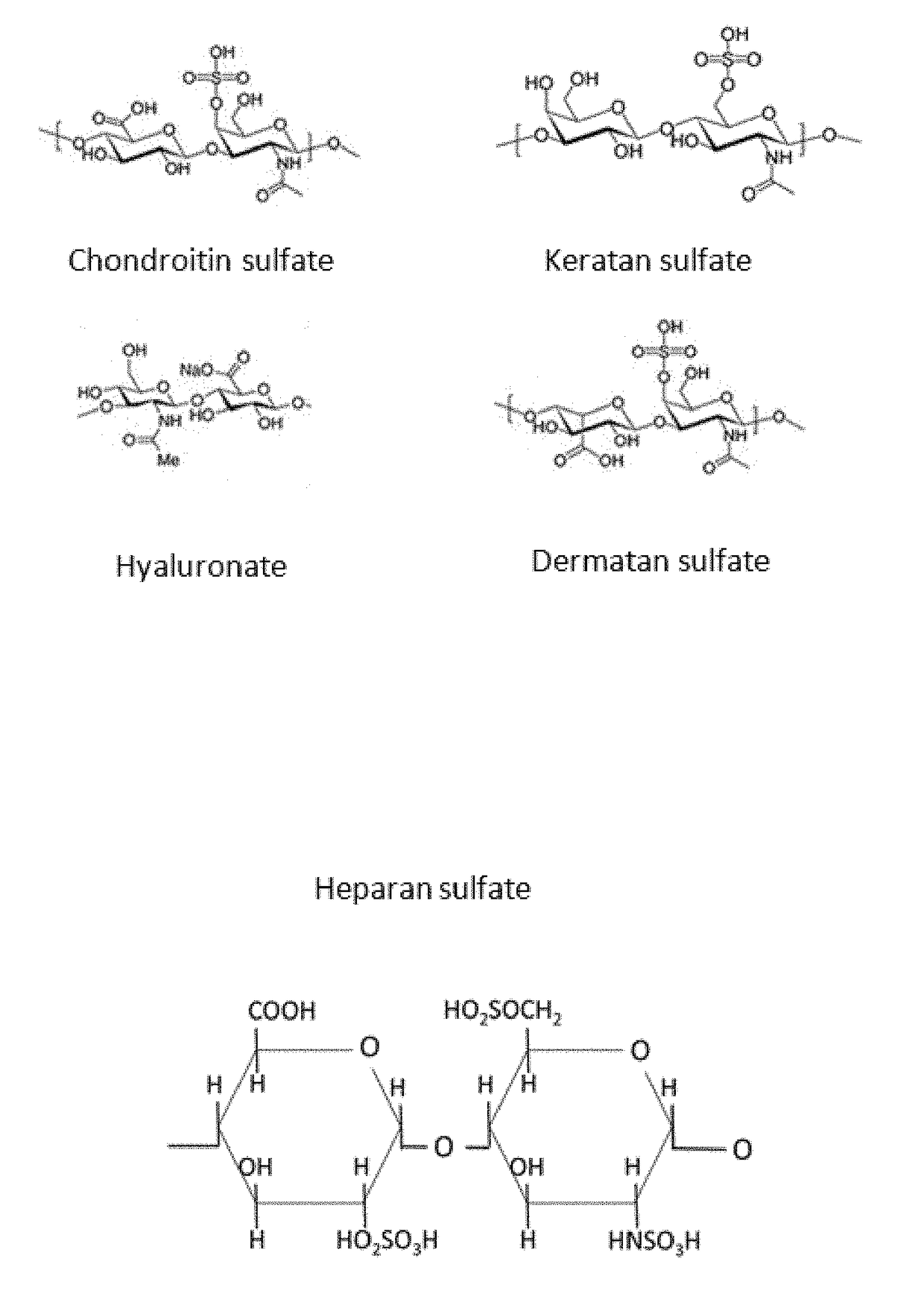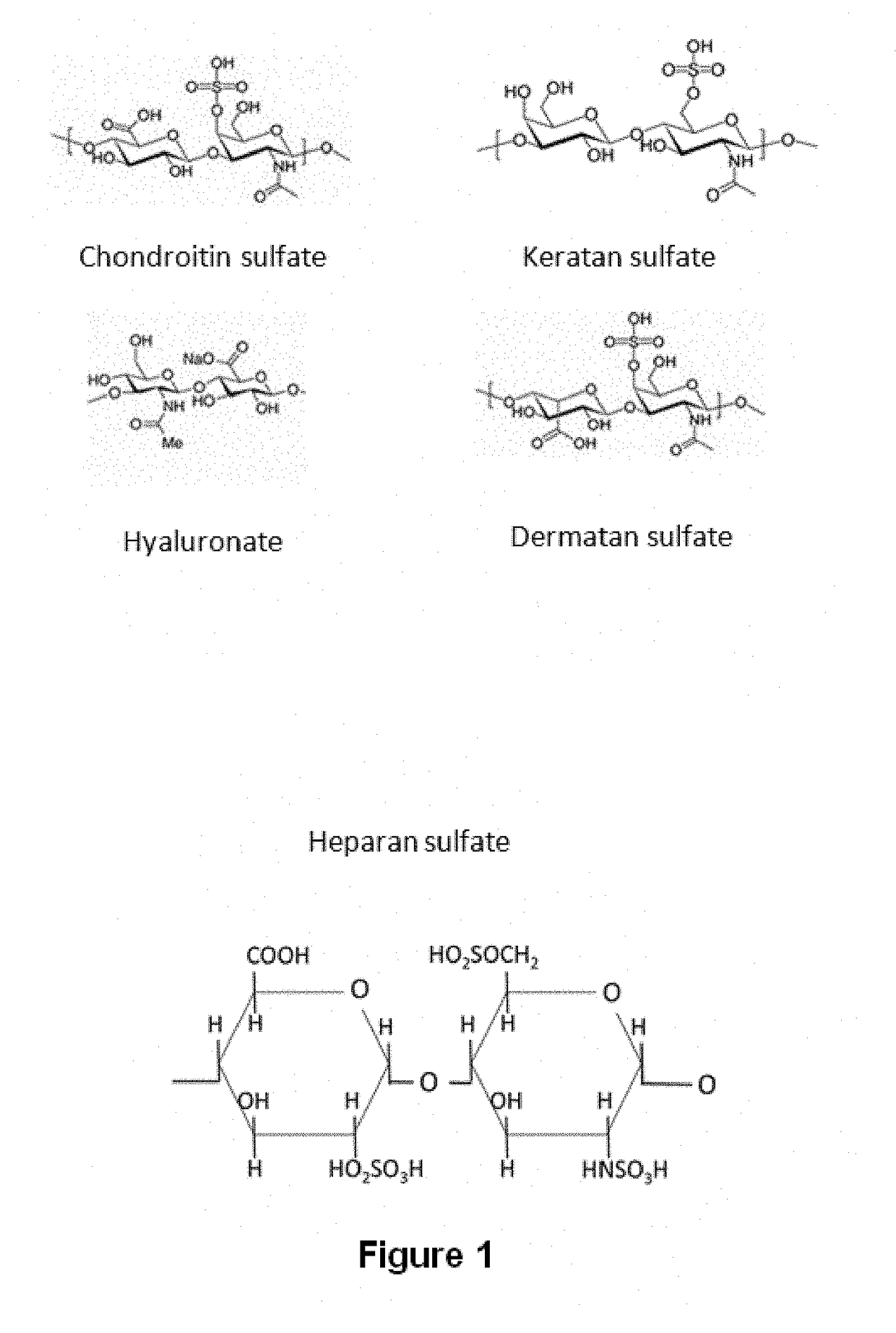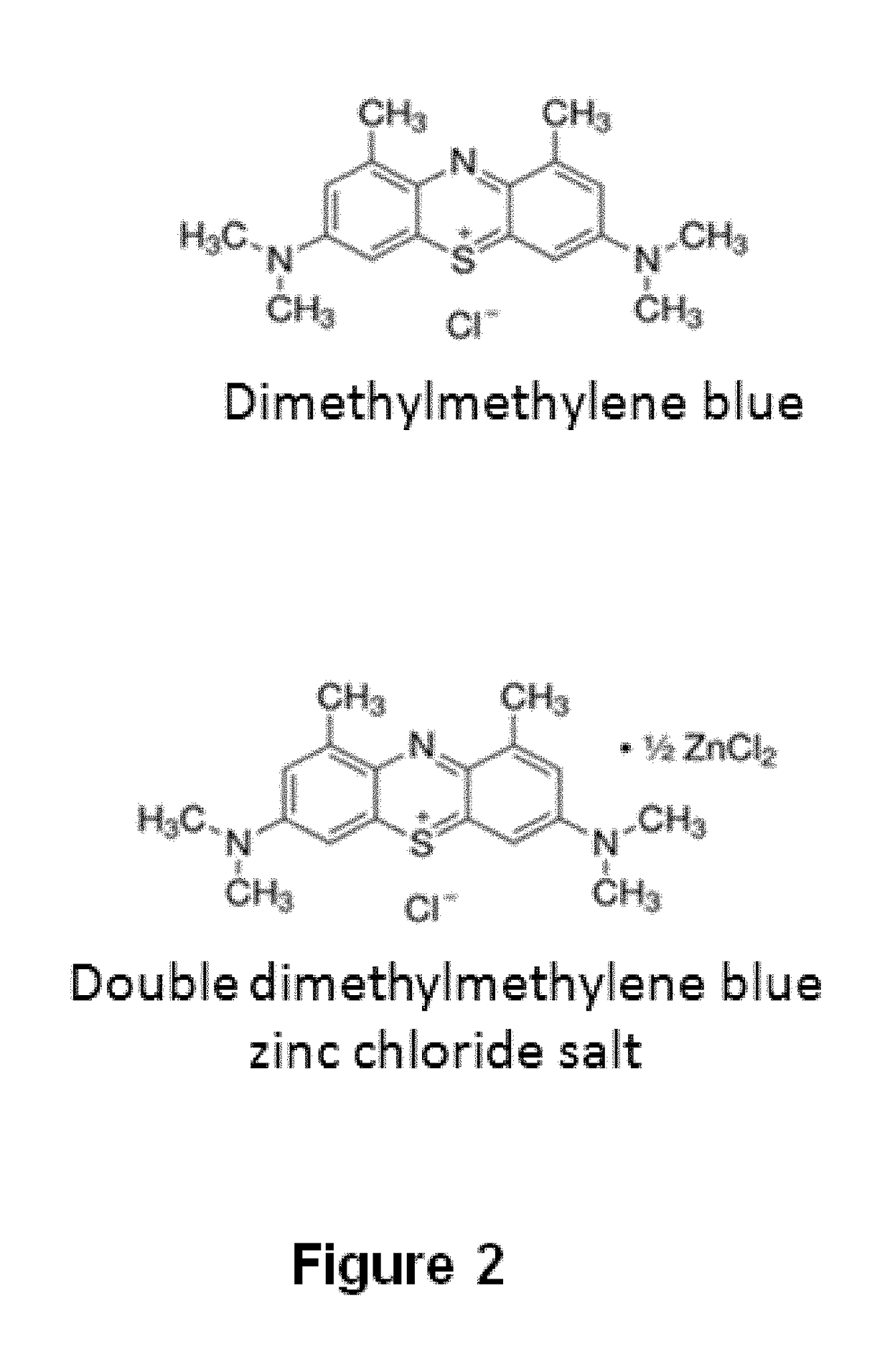Method for separating the fraction bound to glycosaminoglycans and applications thereof
- Summary
- Abstract
- Description
- Claims
- Application Information
AI Technical Summary
Benefits of technology
Problems solved by technology
Method used
Image
Examples
example 1
on of Sample Processing Before the Isolation of the Fraction Associated with Glycosaminoglycans and / or Exosomes
[0409]In the case of urine, the process started with the second morning urine (discarding the first stream to prevent contaminations of the external genitourinary system) collected in protease-free containers, and urine with the visible presence of hematuria and urinary tract infection were discarded. The urine samples must be stored at −20° C. until use if they are not used on the same day.
[0410]In the case of blood samples, they must be collected in a suitable tube depending on whether serum or plasma is to be obtained. In the case of plasma, the blood sample must be collected in a tube with anticoagulant, for example heparin or EDTA, and centrifuged at a maximum speed for 10 minutes. In the case of serum, the sample must be collected in an STII or biochemical tube, left to sit for at least 30 minutes, and centrifuged at a maximum speed for 10 minutes. Both the plasma and...
example 2
on of the Exosome Isolation Method
[0411]The samples were processed following a modification of the method that is well established in the literature (Christianson et al., Proc Natl Acad Sci USA 2013, 110:17380-5; Hogan et al., J Am Soc Nephrol 2009, 20:278-288). In the case of urine, the method started with the urine supernatant obtained by means of centrifuging urine at 1000 g for 5 minutes. Briefly, the urine supernatants were centrifuged at 5,000 g for 20 minutes, subjected to filtration through low protein adsorption filters having a pore size of 0.22 μm, and ultracentrifuged at 100,000 g for 2 hours. The exosome pellets were resuspended in a suitable volume of buffer (for example, PBS 1×) and kept at −20° C. until use.
example 3
on of the Separation Method for Separating the Fraction Bound to Glycosaminoglycans
[0412]Dimethylmethylene blue (Serva) at a concentration of 0.29 mM dissolved in ethanol was used, and 0.2 M formate buffer pH 3.5 was added at a 1:99 ratio. It was then mixed with the biological sample at a 1:2 ratio. It was subsequently incubated for 15 minutes at room temperature. Finally, it was centrifuged at 10,000 g for 10 minutes at 4° C. The supernatant was removed and the precipitate containing the fraction bound to glycosaminoglycans was recovered.
PUM
| Property | Measurement | Unit |
|---|---|---|
| Temperature | aaaaa | aaaaa |
| Temperature | aaaaa | aaaaa |
| Molar density | aaaaa | aaaaa |
Abstract
Description
Claims
Application Information
 Login to View More
Login to View More - R&D
- Intellectual Property
- Life Sciences
- Materials
- Tech Scout
- Unparalleled Data Quality
- Higher Quality Content
- 60% Fewer Hallucinations
Browse by: Latest US Patents, China's latest patents, Technical Efficacy Thesaurus, Application Domain, Technology Topic, Popular Technical Reports.
© 2025 PatSnap. All rights reserved.Legal|Privacy policy|Modern Slavery Act Transparency Statement|Sitemap|About US| Contact US: help@patsnap.com



